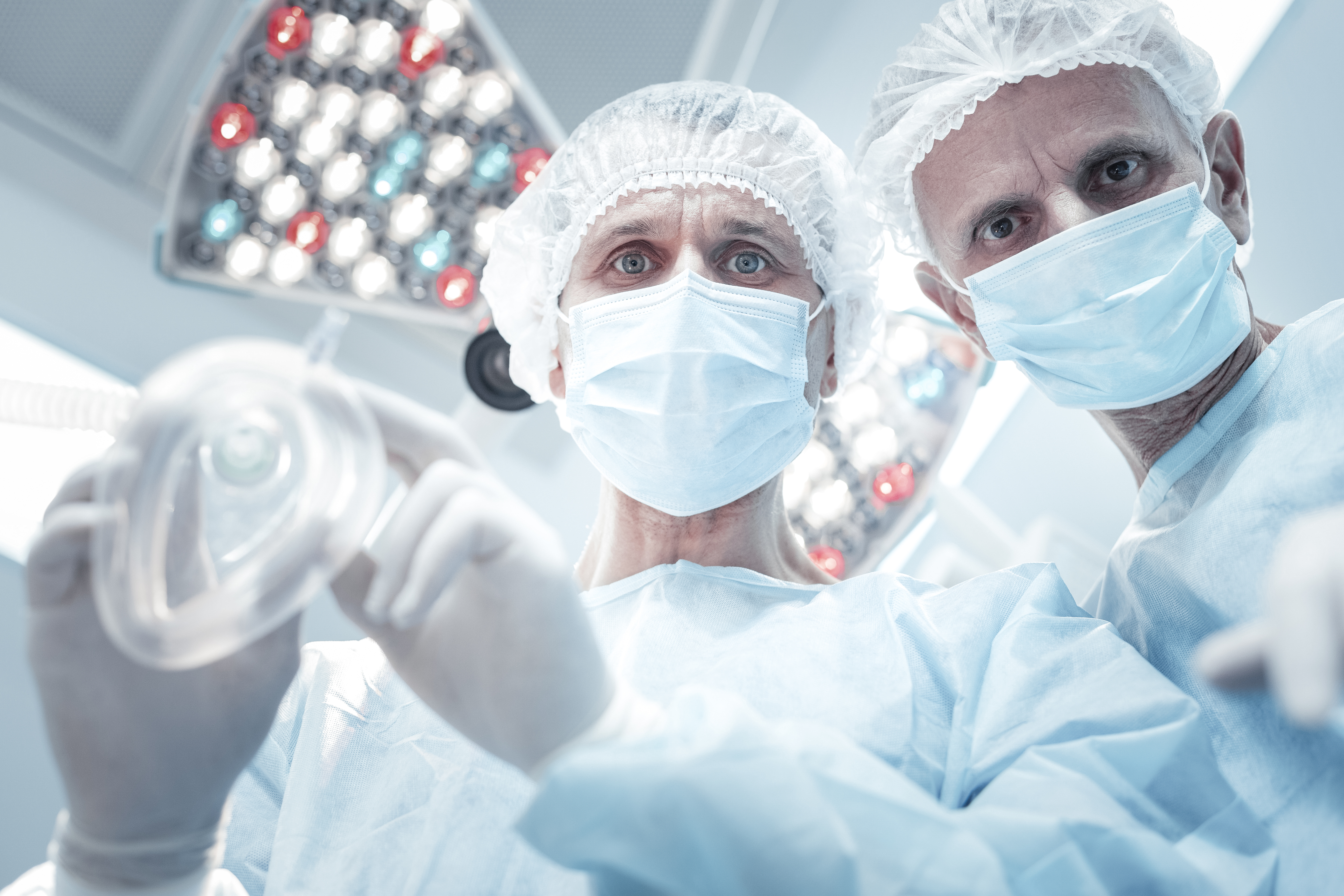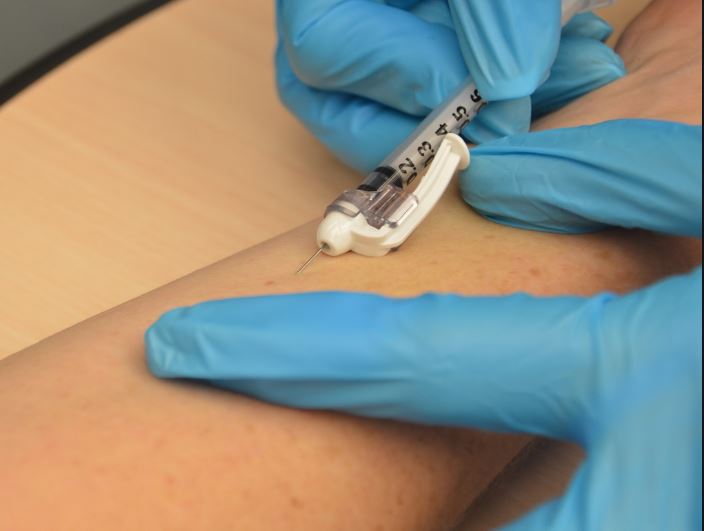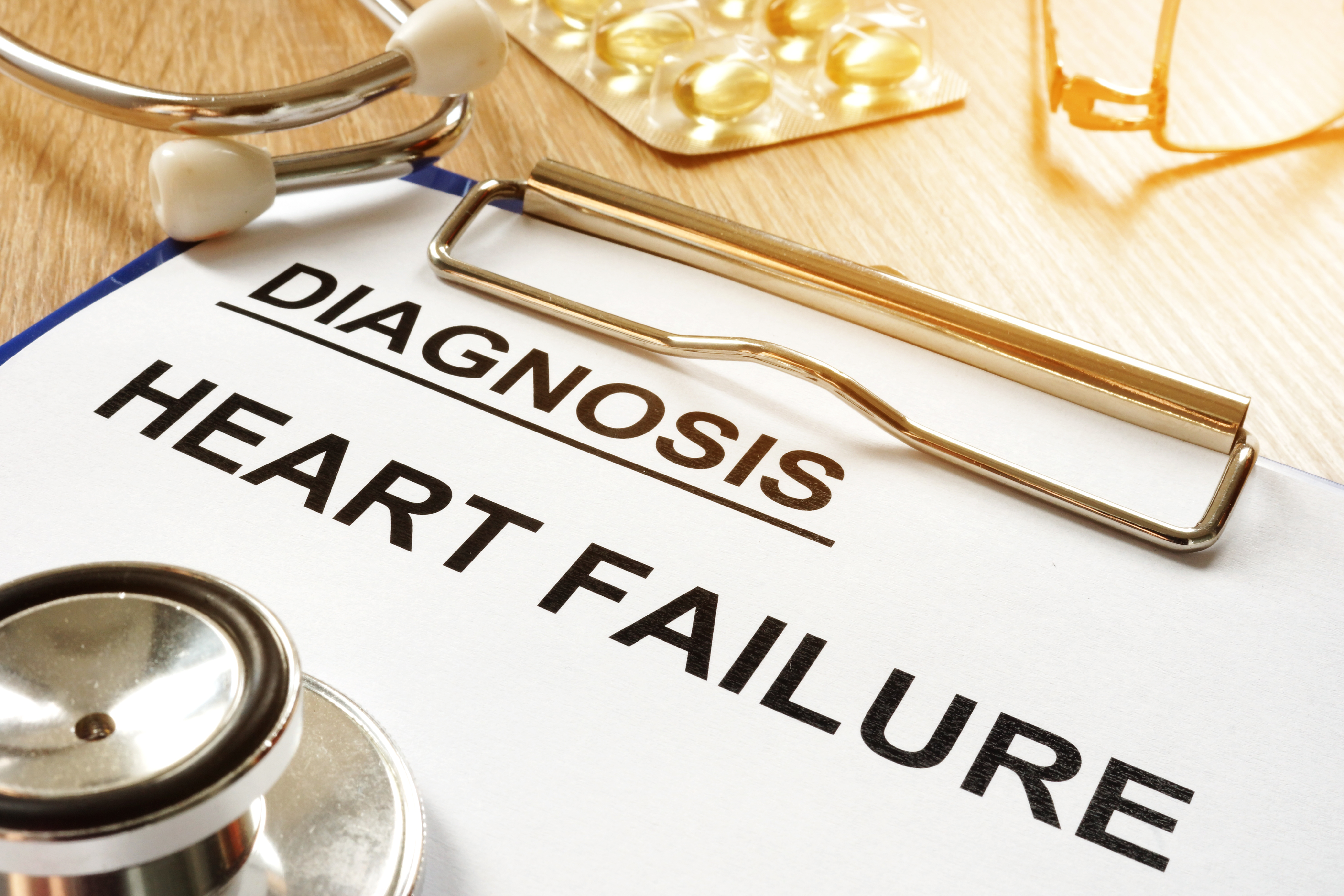Key Points:
- Endovascular ultrasound denervation (uRDN) is a potentially useful technique in the management of hypertension; however, its effect in patients with mild to moderate HTN has not been well studied. The RADIANCE II study was a sham-controlled RCT aimed at determining the efficacy and safety of uRDN on patients with mild-moderate HTN.
- uRDN resulted in substantial reductions in daytime ambulatory sBP compared to sham and led to a higher percentage of time spent in therapeutic BP range.
- uRDN was a safe procedure, with no major adverse events at 30 days.
There are limited interventional options for patients with medically refractory hypertension (HTN). Endovascular ultrasound denervation (uRDN) was previously shown to reduce blood pressure in both the RADIANCE-HTN SOLO and RADIANCE-HTN TRIO sham-controlled trials; RADIANCE-HTN SOLO was conducted in patients with combined systolic and diastolic HTN in the absence of medication use (total n = 146), and RADIANCE-HTN TRIO studied patients with HTN refractory to a triple combination pill (n=136). However, both trials had small sample sizes and utilized potentially non-generalizable patient cohorts; the benefit of uRDN in patients with mild to moderate uncontrolled HTN is still unclear. In a breaking presentation at the 2022 TCT Conference today, Dr. Ajay Kirtane (Columbia University Irving Medical Center) and his team presented their study: “Endovascular Ultrasound Renal Denervation to Treat Uncontrolled Hypertension,” or the RADIANCE II study.
The RADIANCE II study (NCT03614260) was a blinded, sham-controlled, multicenter randomized controlled trial conducted across 51 centers in North America and Europe which assessed the utility of the ReCor Medical Paradise System for uRDN in patients with mild-moderate (Stage II) HTN. The inclusion criteria comprised adults with uncontrolled mild-moderate HTN on 0-2 antihypertensives and off-medication daytime ambulatory BP ≥ 135/85 mm Hg and <170/105 mm Hg and eligible renal anatomy; relevant exclusions included prior cardiovascular or cerebrovascular events, uncontrolled diabetes, or eGFR<40mL/min/m2. A total of 224 patients were randomized; 150 patients were assigned to uRDN, and 74 were assigned to the sham procedure. The mean age was 55, and the average daytime ambulatory BP after the medication washout was ~150/93 mm Hg. Patients were on an average of 1 antihypertensive medication prior to randomization.
The primary efficacy endpoint was mean change in daytime ambulatory sBP at 2 months; patients who underwent uRDN had a substantial reduction in BP compared to those in the sham group (between group difference of -6.3 mm Hg, 95% CI (-9.3,-3.2), p <0.0001). In a secondary analysis, patients who underwent uRDN had a higher time in therapeutic range (ie, percentage of BP readings <135/85 mm Hg on daytime ambulatory monitoring) as compared to patients in the sham group (19% vs 5%, p=0.009). When this outcome was stratified by starting daytime ambulatory sBP tertile, only patients with baseline sBP <153 mm Hg experienced a higher percentage of BP readings in therapeutic range compared to sham; this was not significant in patients with baseline sBP >153mm Hg. 24 hour average BP, nighttime BP, and office sBP were similarly significantly reduced compared to sham. On safety analysis, there was no difference in eGFR at two months. Additionally, there were no major adverse events at 30 days in either group.
When discussing the clinical implications of the study at TCT, Dr. Kirtane stated: “The RADIANCE II pivotal trial is the largest randomized trial to demonstrate superiority of endovascular uRDN in lowering blood pressure… These results are concordant with those of RADIANCE-HTN SOLO and RADIANCE-HTN TRIO, confirming that uRDN lowers blood pressure across the spectrum of hypertension…this trial was able to provide what so far no other trial has been able to, which is relatively large number of patients from a sham controlled trial…and additionally present safety data in a time duration that to date has not yet been provided.”





